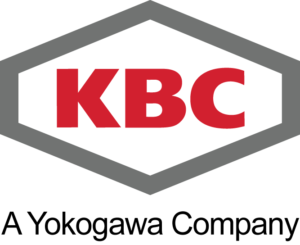
address : 42-50 Hersham Road
Walton on Thames
Surrey KT12 1RZ
United Kingdom
phone : +44 (0) 1932 242 424
Approval date : 29/10/2007
KBC is an Associate Member of CO-LaN in Group A.
CAPE-OPEN related activities
Infochem Computer Services, before being part of KBC, has realized early on the potential of CAPE-OPEN for their Multiflash thermodynamic server. Infochem was an active part of the Interoperability Task Force within the Global CAPE-OPEN project. Multiflash, then Infochem’s physical property software package, was used as the basis for a prototype implementation of version 1.1 of the CAPE-OPEN Thermodynamic and Physical Properties interface specification.
Later on Petro-SIM was made a CAPE-OPEN compliant Process Modelling Environment to facilitate the use of HTRI XChanger Suite in that simulator for their engineers. Subsequently a CAPE-OPEN Thermodynamic socket (both in version 1.0 and 1.1) was added to Petro-SIM.
Richard SZCZEPANSKI is an active member of the UNIT Special Interest Group and contributes to the revision of the Petroleum Fractions interface specification conducted by this SIG.
KBC presented at the AIChE 2008 Annual Meeting, within the Topical Conference sponsored by CO-LaN, on the addition of a CAPE-OPEN Unit Operation socket within Petro-SIM.
As Infochem Computer Services Ltd, Richard SZCZEPANSKI attended the events organized by CO-LaN within the 8th European Conference in Chemical Engineering (ECCE-8) held in Berlin, Germany in September 2011.
Richard SZCZEPANSKI, senior advisor at KBC, attended the CAPE-OPEN 2018 Annual Meeting at BASF in Ludwigshafen, Germany. Richard and Behnam SALIMI, senior consultant at KBC, attended the CAPE-OPEN 2019 Annual Meeting and presented on KBC choice of COBIA for developing a new CAPE-OPEN wrapping of Multiflash. Behnam will present at the CAPE-OPEN 2020 Annual Meeting on the outcome of this development that CO-LaN supported through its consultancy service scheme.
A paper published in 2017 and co-authored by an employee of KBC (Re-evaluating the CPA EoS for improving critical points and derivative properties description) mentions that use of the CPA EoS is made easier since it has been distributed within CAPE-OPEN Thermodynamic servers.

